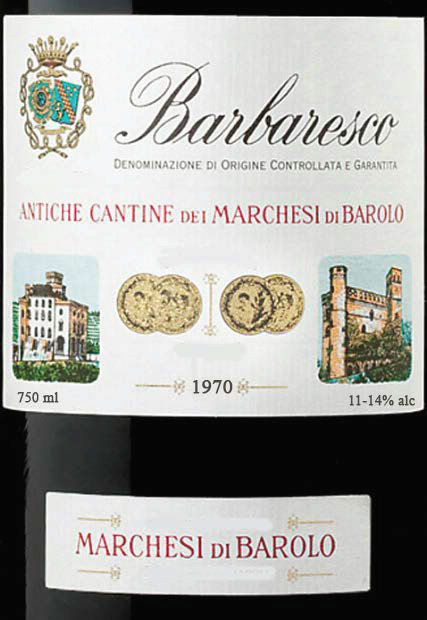1970 Barbaresco Nebbiolo
Marchesi Di Barolo Barbaresco, a splendid representation of the Nebbiolo varietal, dazzles with its deep red hue, embodying the essence of the Barbaresco region in which it was crafted. This 1970 vintage showcases a full-bodied character, encompassing a remarkable balance between high acidity and pronounced fruit intensity, revealing alluring notes of dark cherry, rose petal, and a hint of tar. The tannins are notably firm, providing a structured backbone that promises aging potential and a captivating mouthfeel. As a dry wine, it exudes elegance and complexity, making it a true gem for enthusiasts seeking a timeless classic from one of Italy’s esteemed winegrowing regions.
Marchesi Di Barolo Barbaresco, a splendid representation of the Nebbiolo varietal, dazzles with its deep red hue, embodying the essence of the Barbaresco region in which it was crafted. This 1970 vintage showcases a full-bodied character, encompassing a remarkable balance between high acidity and pronounced fruit intensity, revealing alluring notes of dark cherry, rose petal, and a hint of tar. The tannins are notably firm, providing a structured backbone that promises aging potential and a captivating mouthfeel. As a dry wine, it exudes elegance and complexity, making it a true gem for enthusiasts seeking a timeless classic from one of Italy’s esteemed winegrowing regions.




